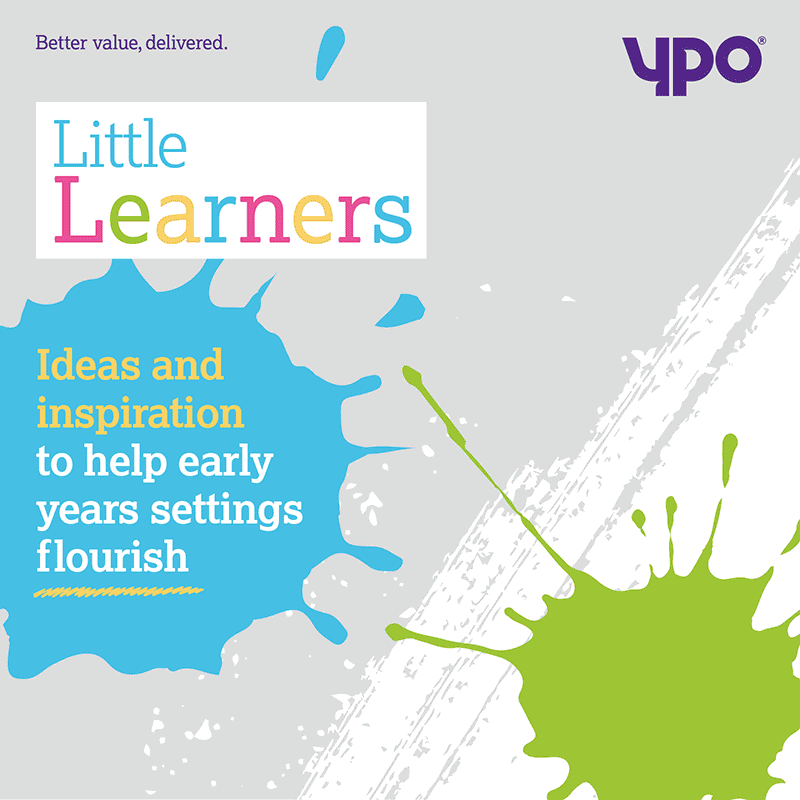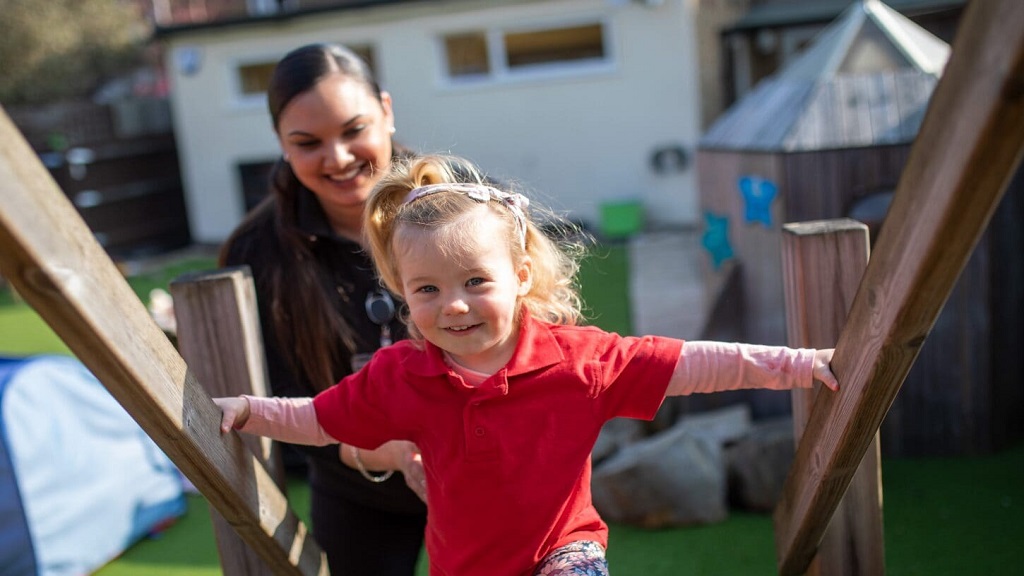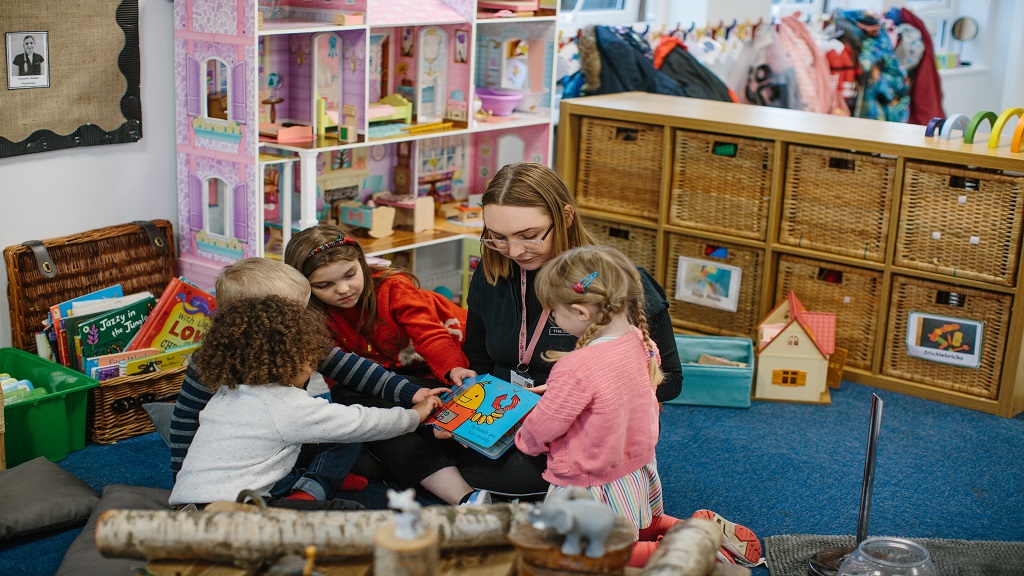Family First are big advocates of team members completing apprenticeships and learning while they earn, with more senior staff now…
Nurseries for all
The early years sector is a good place to start promoting equality and diversity. Charlotte Goddard finds out how nursery managers can create an inclusive experience for children at the setting
If children face inequality early on, it can have a long-term impact on their life chances and affect their self-esteem, confidence and trust of others. On the other hand, a child’s first few years are the best time to improve their life chances and support their development of acceptance, co-operation and sensitivity to others.
Nursery managers are in a unique position to create an environment where children are able to like who they are, without feeling superior to others, says Nausheen Khan, manager of LEYF’s Earls Court Nursery and Pre-School. However, she explains, it is important to embed inclusive practice in a setting’s culture and everyday practice rather than treating it as a tick box exercise.
“Nurseries can rely too heavily on resources,” she says. “Sometimes a nursery has a wok in the home corner, and a Diwali display, and they think their work is done. Even though resources are important, it is more about the emotional environment. Are staff making an effort to learn some words in a child’s first language, for example?”
It’s also important to remember that inclusion and diversity is not just about ethnicity, but also embraces gender, age, disadvantage, disability, different family set-ups and other characteristics. Earls Court Nursery and Pre-School draws on a legacy of equality and inclusion from its previous incarnation as Punch & Judy Family Centre. In its past life, the setting supported asylum seekers to access local services and legal help. Gbemi Olagunju worked for Punch & Judy, gaining her Level 3 with the support of the centre, and is now deputy manager of the Earls Court Nursery and Pre-School.
Olagunju believes inclusion starts with getting to know someone’s whole self, rather than categorising them by a particular characteristic. “Who are you? What is your culture? What are you interested in? What do you have to give?” she says. “I am Nigerian, yes, but I like cooking, that is my passion. If you don’t interact with me, if you don’t have that relationship with me, you won’t know that.”
The setting ran a Celebrate Me activity, in which parents received weekly written introductions to members staff, with the aim of creating a more inclusive atmosphere. “When you bring your child into nursery, you know this is the child’s key person, and that is pretty much all you know about them,” says Khan, who co-authored 50 Fantastic Ideas to Encourage Diversity and Inclusion with LEYF chief executive June O’Sullivan. “They talked a little bit about their history, where they came from and anything they wanted to share about themselves. It made that relationship with parents richer, more intimate.”
Start with the staff
Khan is piloting a training session which upskills participants by encouraging them to help fictional teacher ‘Sam’build a toolkit of inclusive resources.
“At the start of the training the teachers may fill the toolkit with the knowledge, personal beliefs, and biases they may have,” she says. “Halfway through the training the tools may move around and by the end of the session they may change completely.”
Participants are encouraged to role-play a scenario which may seem daunting. “For example, we could ask the group what they would say to Sam to enable him or her to talk to a parent who is against their male child wearing a dress,” says Khan. “Or what would they say to Sam so he or she can support a child who was excluded from play and called ‘brown’?”
The sessions create an environment where teachers can work through their reactions to different scenarios. “If someone is shocked by something, it is OK, that is who they are,” says Khan. “We have all had different upbringings. If that is what you are feeling, express that here, in a safe place. It is about finding that professional way of dealing with it.”
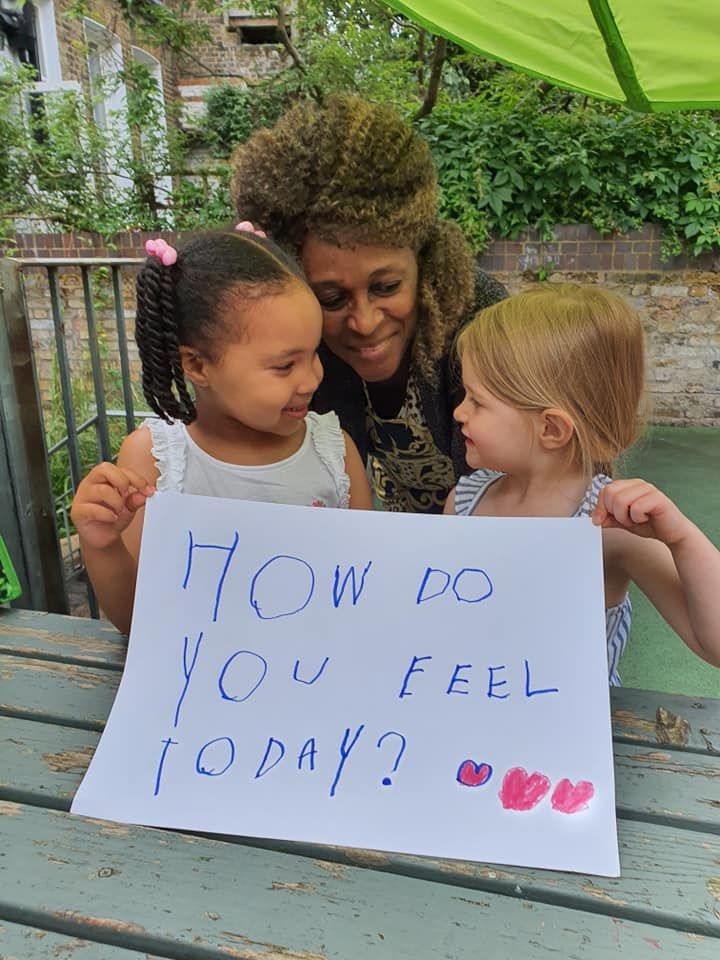
Inclusive activities
Children at Earls Court Nursery and Pre-School can access resources such as dolls with diverse skin colours, inclusive books and skin tone pens, but it’s more about the way the resources are used. For example, in the baby room teachers might set up ‘family picnics’ using the dolls, for different types of family.
“In our rooms you will see there are some children who have two mummies, two daddies, a daddy and a mum, a single mum,” says Olagunju. “We talk about it with the children. “Romilly has a mama and a mummy, and mummy brings her to nursery, mama picks her up. Your daddy brings you and your mummy picks you up, that is your family, that is their family. They begin to understand, we are all the same, we are all equal in our own right.”
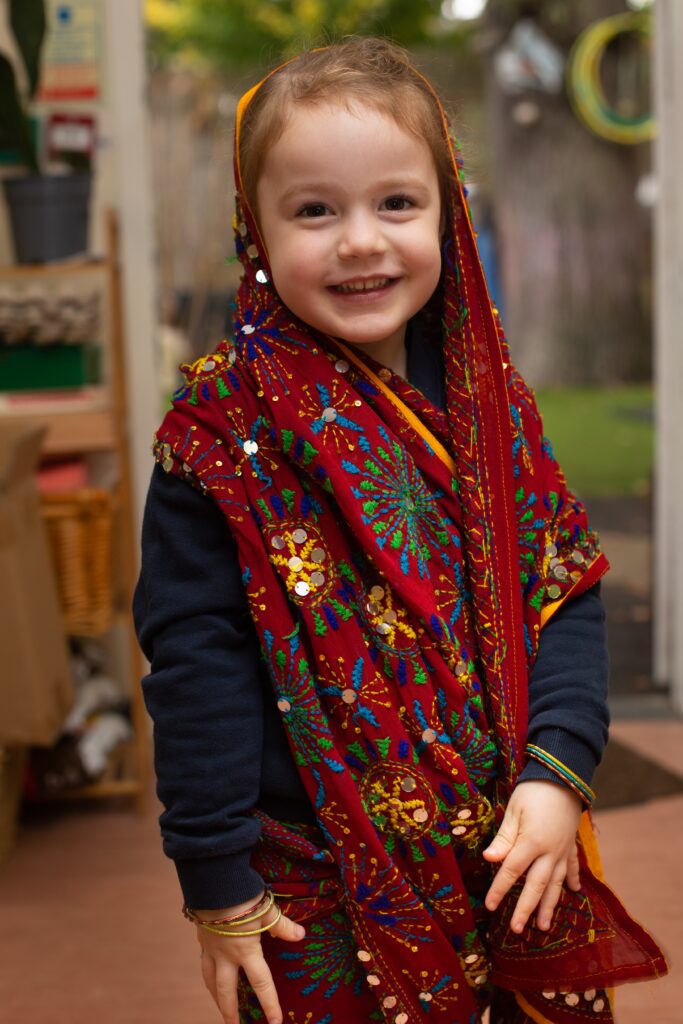
Take a diversity walk
One way for setting managers to highlight areas of strength as well as throw up suggestions for improvement is to take a diversity walk around their setting. Look at the images on display, for example, and review the resources available – do they reflect the real life objects in children’s homes? After conducting a diversity walk, Acorn Nursery in Brighton decided to encourage children to share pictures of their families and homes and examples of the foods they eat, to show the diversity of family and home contexts. Children also drew pictures of themselves and their classmates and talked about their similarities and differences.
Bright Start nursery in the same city also carried out a diversity walk, which highlighted the need to ensure toys and resources reflected different communities and skin tones. Realising that many books, while much loved, did not reflect the real lives of the diverse children at the setting, the nursery used Early Years Pupil Premium funding to buy new books, along with a range of more diverse small world figures. Nurseries looking to follow suit, but lacking funding, could also include create their own books with images that reflect the diversity of the local community. A creative and inclusive activity to involve children in.
Latest Features
NMT takes the temperature of the early years market and offer tips for marketing, launching a new nursery, and utislising…
In this leadership series, NMT speaks to Gareth Degenhart, founder and managing director, The Lime Trees What has been your…

